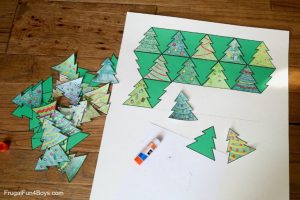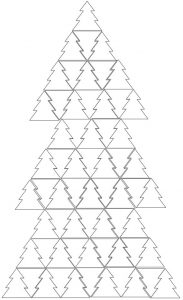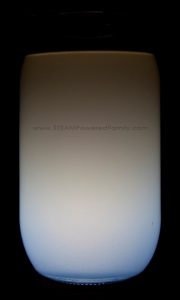Staden är täckt av snö, och vi måste utforma en KIBO snöplog för att snöröjningen! Barnen kommer att delta i den tekniska designprocessen när de designar, testar och förbättrar snöplogrobotar som kan hjälpa till att rensa bomullssnö. Studenterna kommer också att lära sig mer om de många viktiga jobb som gör att samhället fungerar.
Lärandemål
Efter den här lektionen kommer eleverna att:
- Ha större förtrogenhet med den tekniska designprocessen.
- Utveckla praktisk kunskap om hur ett objekts form påverkar dess funktion.
- Designa en algoritm för att lösa ett problem.
- Ha en djupare förståelse för samhällslivet.
Material / resurser:
- En Bee-bot per grupp (2-4 barn)
- En Bee-bot pennhållare eller skuffare. Skuffaren eliminerar behovet av plogkonstruerandet och man kan fundera enbart på programmeringen.
- Material för att bygga plogen till hållaren
- Bomullskulor för snön
Lektionsplan
Inspirera: Låt oss testa och förbättra:
Be eleverna tänka på hur det är när staden är täckt av snö. Har de hjälpt till att skyffla när snö täcker trottoarer eller uppfart? Känner de några vuxna som arbetar för att rensa snö för staden med plogbilar? Om ditt skolsamhälle inte finns i en snöig del av världen kan du dela videor av snöstormar med eleverna.
Idag ska Bee-boten bli en snöplog och ploga snön från vårt rum. Vi kommer att bygga, testa och förbättra med hjälp av Ingenjörens design process.
Steget ”Testa & Förbättra” i Ingenjörens Design Process gör att vi kan fortsätta ändra något för att få det att fungera bättre och bättre. Idag kommer ni att utforma ”snöplogar” för Bee-bot för att städa upp er stad. Deras mönster kan fungera bra eller inte vid ett första försök; men på något sätt kan de reflektera och förbättra designen. Denna aktivitet handlar om att göra förbättringar längs med vägen.
Smågruppsaktivitet
Förbered ett Bee-bot-konstruktionsområde med pysselsmaterial för att bygga och fästa en plogförlängning till Bee-boten (kartong, piprensare, snöre, tejp…).
Barnen kommer att programmera sina Bee-bots för att fungera i ett öppet, platt ”snöplogsområde.” Sprid bomullsbollar här och markera en ”målfyrkant” (t.ex. med maskeringstejp) i snöplogsområdet. Du kan också välja att engagera eleverna i att bygga en representation av grannskapet, med vägar och byggnader, med, lådor, block eller annat material. Detta kan förbättra gemenskapens anslutning.
Grupperna kommer att bygga och programmera Bee-bot snöplogar. Deras plogar måste städa upp staden genom att skjuta bomullstussarna in i målområdet. De ska ha möjligheter att bygga och programmera, sedan testa sina konstruktioner och sedan revidera båda för att förbättra KIBO: s plogförmåga.
Följande frågor kan hålla barnen på rätt spår eller öka utmaningen:
- Om Bee-boten har problem med att skjuta bomullstussarna, varför händer det då? Går bomullstussarna runt plogens sidor? Eller fastnar de under? Hur kan du ändra plogens form för att förbättra detta?
- Om Bee-boten framgångsrikt driver snön rakt fram, kan den också vända samtidigt som den behåller kontrollen över snön? Kan du ändra din design så att Bee-boten kan vända men utan att tappa snön?
Reflektion:
- Vilka designförändringar gjorde du? Avsluta med en diskussionscirkel.
- Vilka designändringar gjorde du under vägen när du följde den tekniska designprocessen för att revidera din design?
- Hur bestämde du dig för vad du skulle försöka förbättra?



 Material
Material The math memory works like a regular memory. Players take turns flipping two optional mugs. You should try to find a number that matches the number of pearls. If the mugs you have turned over do not form a pair, you turn the mugs upside down again. If the mugs are turned upside down in a pair, the player may take the mugs and count them as a pair.
The math memory works like a regular memory. Players take turns flipping two optional mugs. You should try to find a number that matches the number of pearls. If the mugs you have turned over do not form a pair, you turn the mugs upside down again. If the mugs are turned upside down in a pair, the player may take the mugs and count them as a pair. Material som behövs
Material som behövs